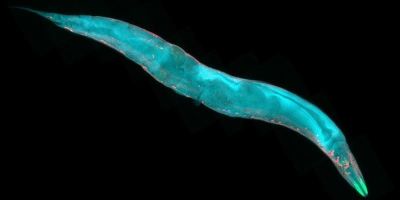Steps towards the development of next generation product design solutions

Current research within the Institute of Design, Robotics and Optimisation at the University of Leeds is paving the way for the next generation of product design solutions.
A 3-day workshop was organized recently from November 8 – 10, which was attended by researchers from the Massachusetts Institute of Technology, Open University and the University of Leeds. During this workshop, recent research into improving product data management techniques was discussed.
An EPSRC funded project currently supports two post-doctoral research fellows working on developing a technology demonstrator that can help large product development firms such as Rolls Royce, in managing and integrating their product data better. The eventual goal is to bring down product development time and cost, and improve quality and responsiveness to change, thereby enhancing efficiency, effectiveness and profitability of such firms.
Three software prototypes have so far been developed by the project team, to illustrate the benefits of being able to superimpose design structures in engineering information using embedding. Design structures are artificial devices used to support the use of design definitions in manufacturing and life cycle processes. Examples include bills of materials, function structures and assembly mating conditions. The latest research has highlighted the potential use of qualitative data analysis tools and group theoretic concepts such as lattice structures in implementing embedding.
During the workshop, Prof. George Stiny of MIT led a table talk on classical and non-classical computation in the area of spatial design using shape grammars. He elaborated on how the use of different rules leads to shape emergence in the fields of art and design. Recent work on exploratory making by manipulating physical models of kinematic designs was also illustrated with physical models presented by Laura Harrison of the Open University. The use of shape rules to modify both rigid parts and their connections was discussed using these examples.




